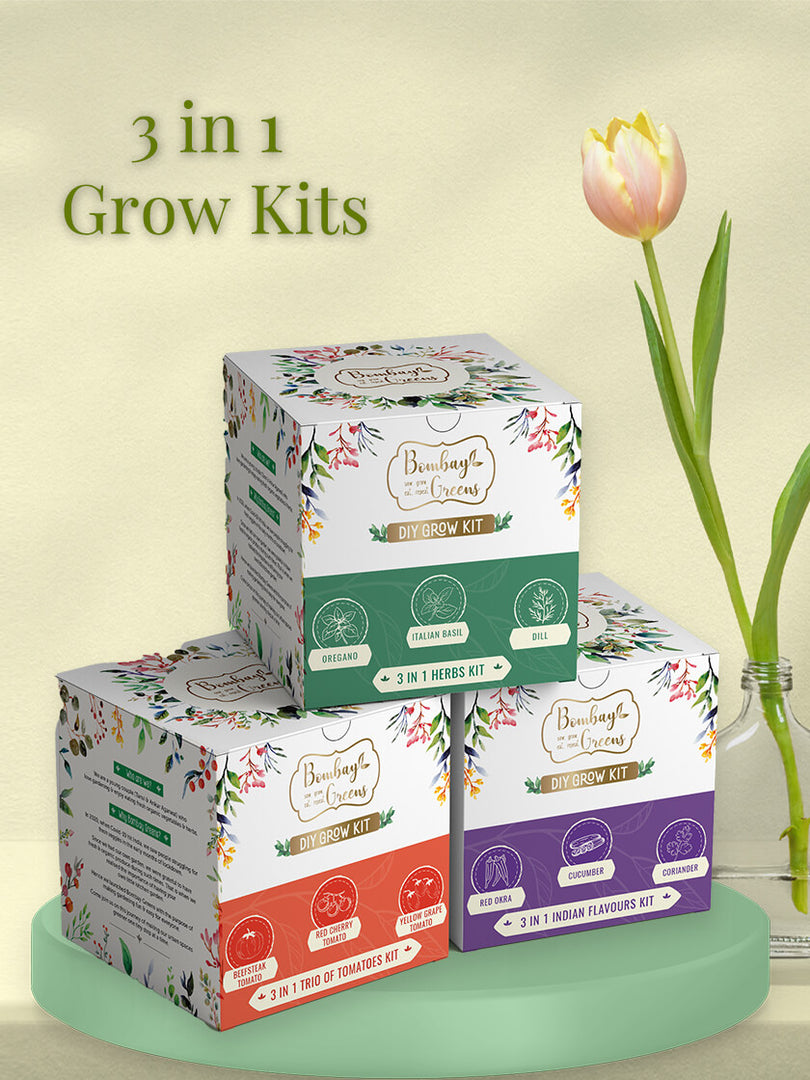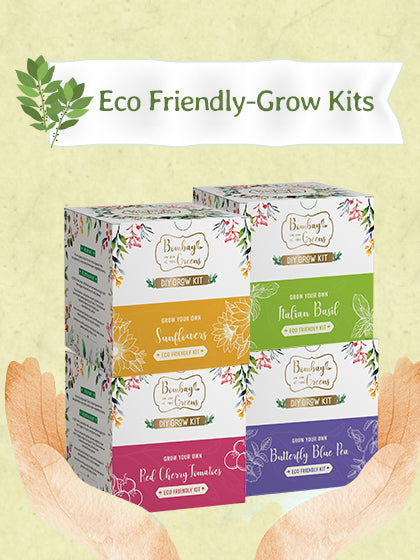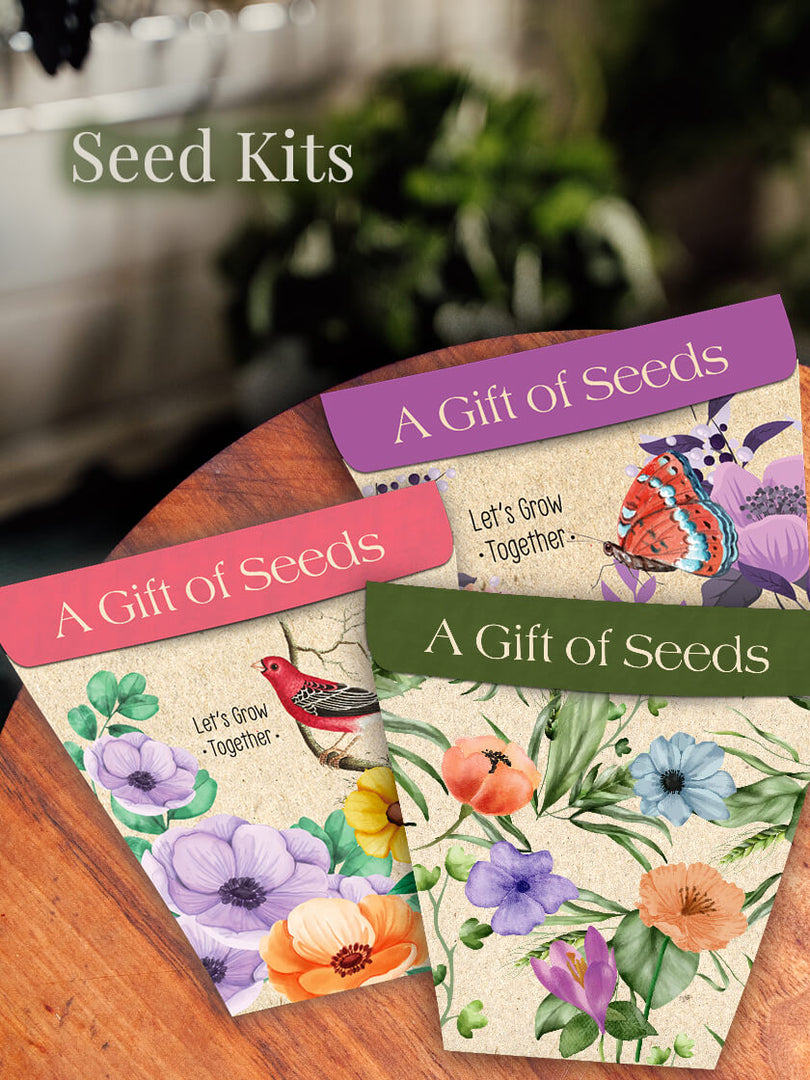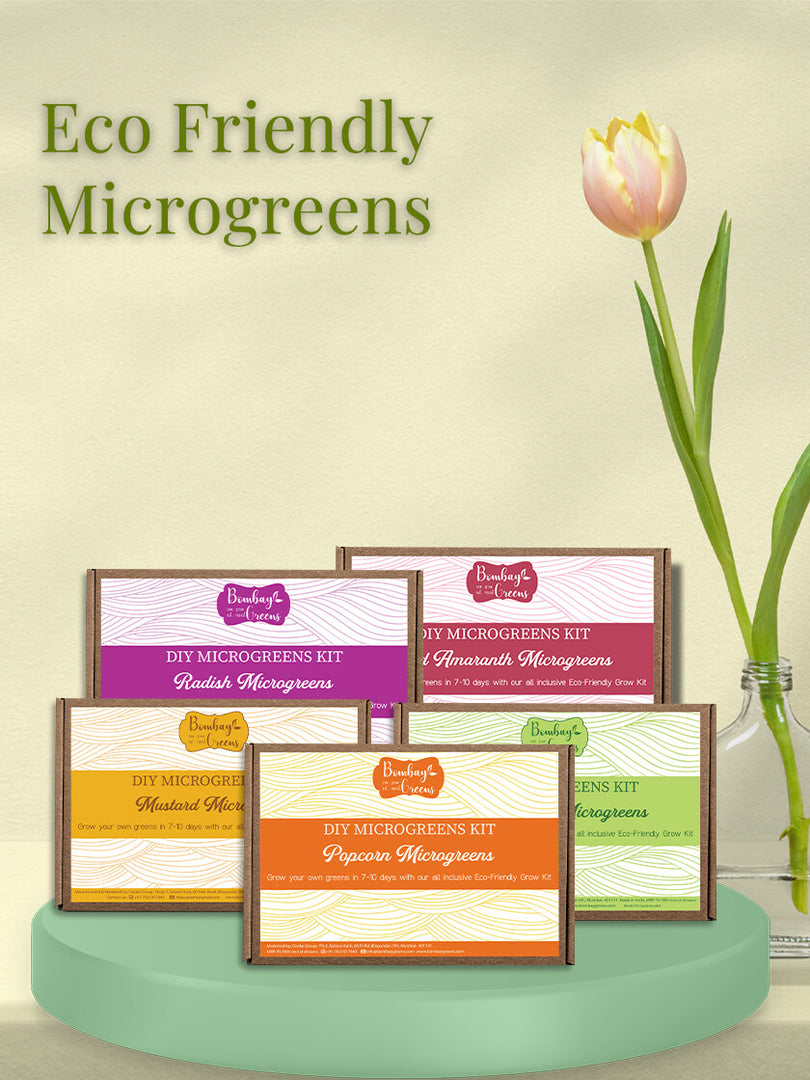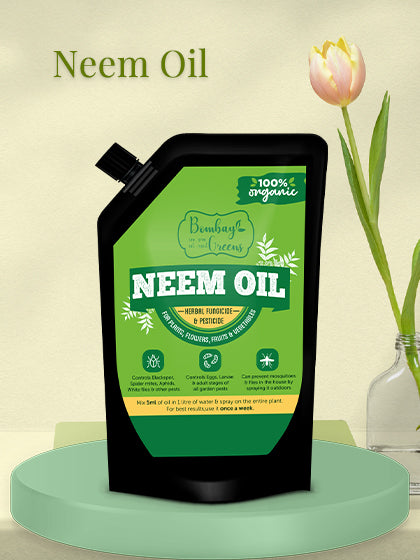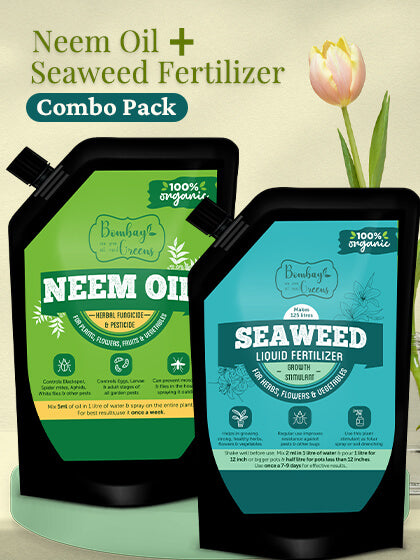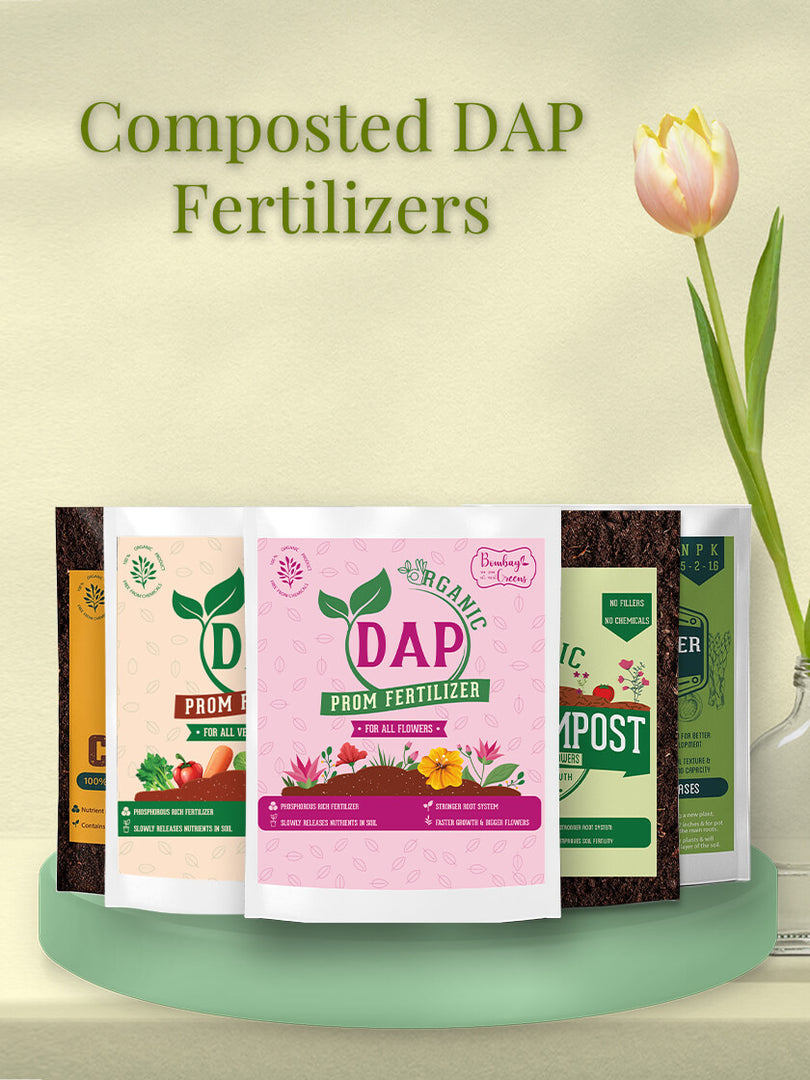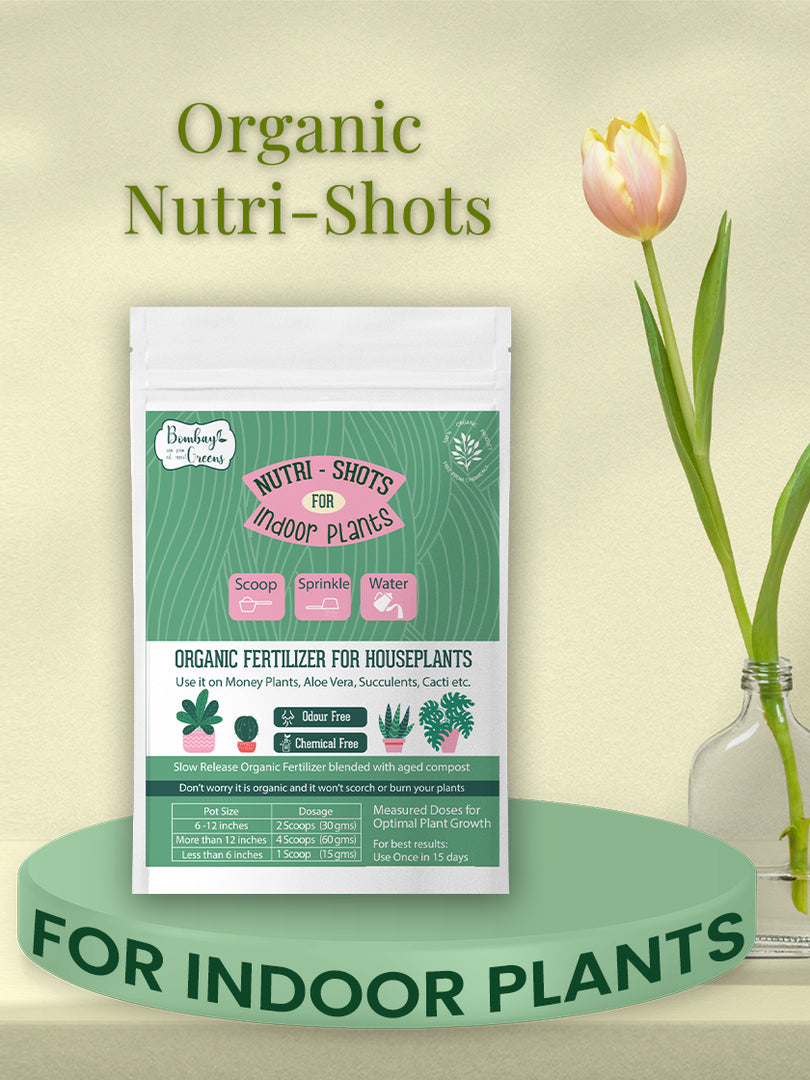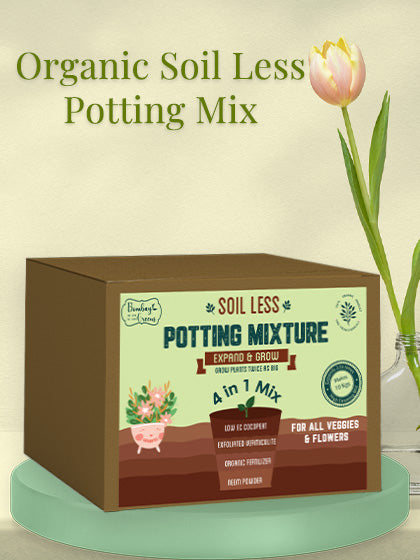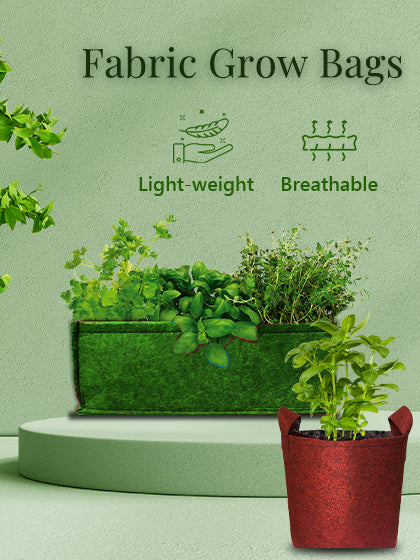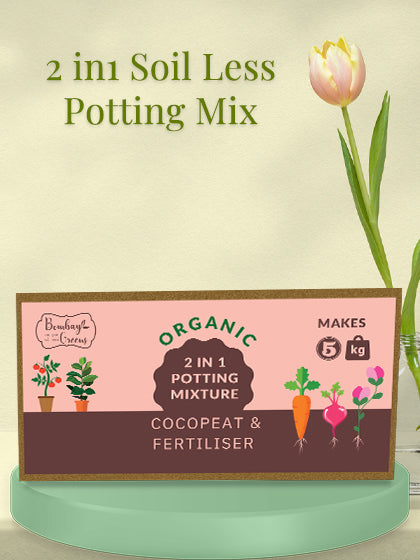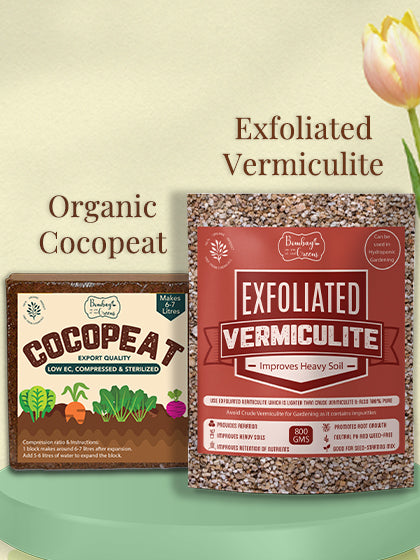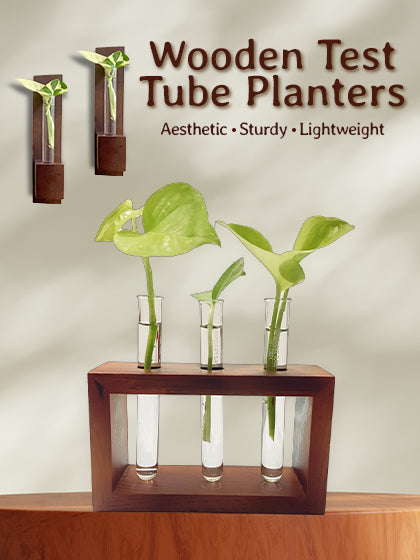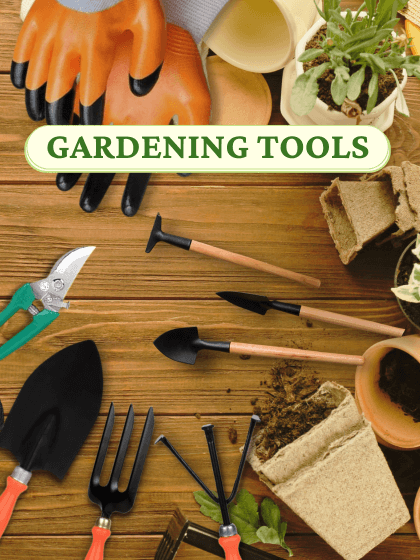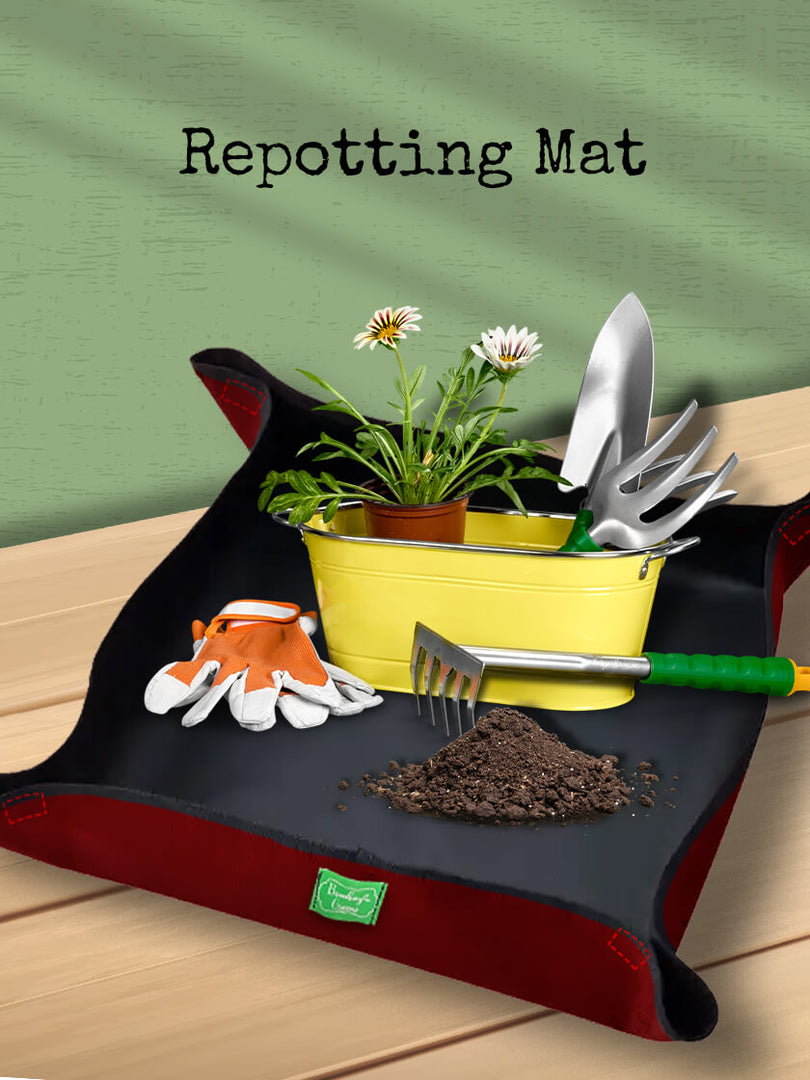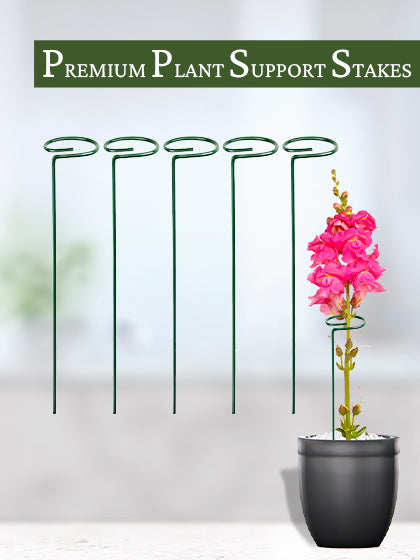
Germination is the test of patience for every gardener and demands the most attention in the garden. Once the seeds germinate, a lush, fulfilling harvest waits for you. And like most gardening skills, germinating seeds can be considered as an art that requires scientific knowledge. Just to take the guesswork out, let us give you some important tips before you start.
What is seed germination?
Seed germination is the growth of plants from seed instead of buying ready-grown plants. Seeds start to germinate when all the right factors are achieved. It gives a dormant seed a sign to start its metabolic activity, resulting in radical and plumule to grow.

The process of Seed Germination:
- Plant and water the seeds. The seeds will absorb water and swell up i.e. imbibition takes place.
- Under the right soil temperature, the water activates the seed enzymes that promote plant growth.
- The roots start growing out to access underground water.
- Shoots start growing to access sunlight.
- Leaves start growing, and photomorphogenesis starts.
What types of seeds germinate indoors?
You can germinate most of the seeds indoors if you follow seed starting guidelines. The benefit of germinating seeds indoors, especially when you live in a cold climate is that it lengthens the plants growing season. This helps in maturing slow-growing vegetables such as tomatoes, sweet melons, watermelons, or pumpkins before the first autumn frost. You can also germinate quick-growing vegetables indoors as assorted lettuces, Swiss chards, or radishes.
Key factors for successful seed Germination: Various factors promote seed germination among them temperature, soil moisture, soil, aeration conditions, and light play an important key role. Among these light acts as a stimulant for seed germination but is not essential. The seeds' phytochrome cell absorbs light and stimulates seed germination.

Steps for seed Germination:
- Prepare the seed starting soil mix: Containers that you use should have drainage holes. You can try commercially available gardening kits, also known as seedling cups or peat pots.
- Place seed in soil: After reading the instructions you should, generally, sow the seeds at a depth two times its width. For soilless faster germination, you can place seeds on damp paper and cover them with a plastic bag. It will lead to sprout formation within a week.
- Place the seeds in a warm location: Check the seed packet to understand the ideal temperature of each plant. South-facing windows generally work well which provides optimum light conditions required for the seedlings. Avoid direct sun or light as it might kill the seedling. The greatest success is achieved fairly at 25-30 degrees.
- Keeping the potting mix moist: Seeds need consistent heat and moisture to germinate. Use spray bottles to keep the soil moist, and avoid overwatering or soaking the seeds.
- Thin seedlings to encourage larger plants: Once the seeds sprout and you see smaller roots emerging from them you can transplant them into potting cups. Keeps the sprouts that took the largest and healthiest and remove others. Continue providing moist soil conditions along with good air circulation.

Tips for improving Seed Germination:
- Your seeds should be properly stored, preferably in a cool, dark place and away from moisture to maintain viability.
- Pre-water the potting soil 24 hours before planting the seeds.
- Monitor the seed's environmental conditions properly. Water when the soil feels to be dry on touching.
- Check the germination process regularly and alter the conditions accordingly.
- Another fail-safe way to start your seeds is using seed trays. The seed tray allows better control of soil moisture depth for the sowing of each seed.
- To speed up the process you can pre-soak the seeds in a shallow container as the seeds absorb the water and stimulate growth.
How do grow plants from seeds?

Starting from seeds give you a better array of plants that you choose from the nursery, and allows us to witness the maturity period of plants.
- Select your seeds.
- Choose containers
- Add seed starting mix to your container
- Plant your seeds
- Cover your container
- Water your seeds
- Care your seedlings
- Harden of your seedlings
How do grow flowers from seeds?

Planting flowers from seeds require more effort than buying a mature plant or transplanting it. Whether you are planting annual flowers or perennial you need to ensure that you plant your seeds properly and care for them as they grow.
- Determine whether annuals are hardy or tender.
- Start growing perennials when the weather is mild.
- Plant your seeds in moist nutrient-rich soil.
- Be patient with perennials.
- Ensure that your seedlings get enough time.
- Encourage companion planting.
Germination is an easy process for any kind of plant, just understand the growing needs of the seeds you need to grow and plan.

Tanvi Agarwal - Co-founder
Driven by a deep-seated love for nature and a keen entrepreneurial spirit, she co-founded Bombay Greens, transforming urban spaces into thriving green havens. Recognizing the need for accessible and sustainable gardening solutions in the bustling city, she poured her passion into building a brand that empowers individuals to cultivate their own green spaces, regardless of their location or experience. Her vision extends beyond simply selling gardening items; it's about fostering a community connected to nature, one balcony, rooftop, and windowsill at a time.
Back to top




